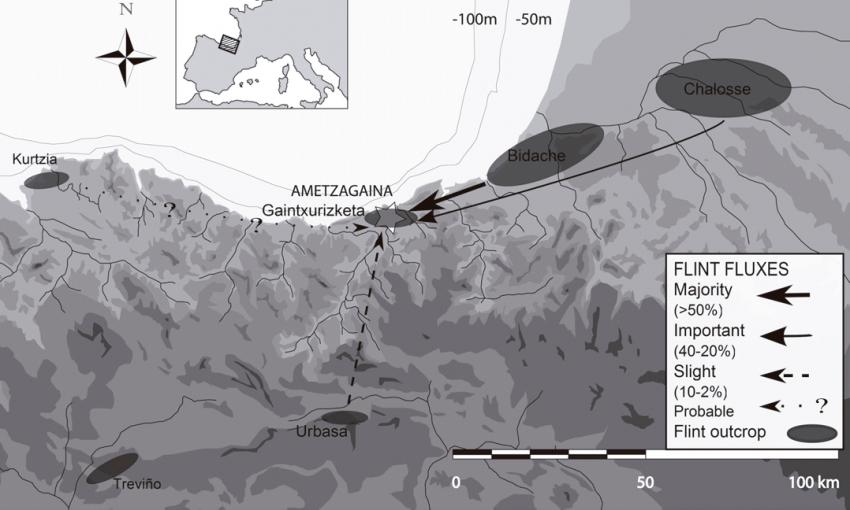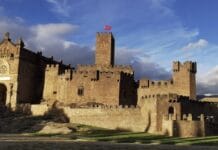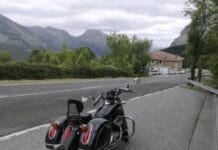Duela 25.000 urte inguru, Goi Paleolitoan, gaur egungo Donostiko Ametzagaina parkean aurkitu den aire zabaleko aztarnategiko hondakinek erakusten duten bezala, Cro-Magnon talde batek bere kanpalekua ezarri zuen Donostin, bi mila urterako. Oraingoz behintzat, “Bella Easo” deitzen diren biztanle zaharrenak dira.
Aztarnategi hau Aranzadi Zientzia Elkarteak aurkitu zuen. Elkarte horrek sei urte baino gehiago iraun duen ikerketa egin du eta ‘”Journal of Anthropological Research” aldizkari estatubatuarrak argitaratu duen artikulu bat sortu du. Bertan, sozietate nomada horiek ustiatzen zuten lurralde ekonomikoa aztertzen da, industria litikoa egiteko aukeratu den silex mota irudikatzen duen trazatzailetik abiatuta.
Duela 25.000 urte jada, jarduera ekonomikoak lurralde zabaletan hedatzen zirela ikus dezakegu. XXI. mendeko erosotasunetatik abiatuta, Cro-Magnongo talde haiek distantzia luze horiek mugitzen irudikatzea ez da erraza. Baina hala zen. Gainera, Ibilaldi horiek, beren tresna eta armak egiteko material onenak bilatzeaz gain, jarduera ekonomikoaren eremua zehazteko ere egiten zituztela kontuan hartuta, hau da, ehiza, arrantza, bilketa eta bizitza soziala.
Archeology – 2014/7/21 – AEB
Flint Tools Tell Story of Economic Territory
The study of flint remains from the Ametzagaina site has revealed the economic territory of the people who made temporary camps there over a period of about 2,000 years some 25,000 years ago. Most open-air sites do not survive, but Ametzagaina was protected by earthworks dug in the nineteenth century during the Carlist Wars.
(Jarraitu) (Itzulpen automatikoa)
———————————–
Phys – 2014/7/21 – AEB
The economic territory of Upper Palaeolithic groups is specified by flint

Never before had the mobility patterns and management of lithic resources in the Upper Palaeolithic been determined so precisely. The study of flint remains found in the open-air Ametzagaina site in Donostia-San Sebastian has determined the economic territory of the human groups that lived there for about 2,000 years. The paper, Where to and What for? Mobility Patterns and the Management of Lithic Resources by Gravettian Hunter-Gatherers in the Western Pyrenees, has been published in the Journal of Anthropological Research.
(Jarraitu) (Itzulpen automatikoa)
Last Updated on Api 18, 2021 by About Basque Country































